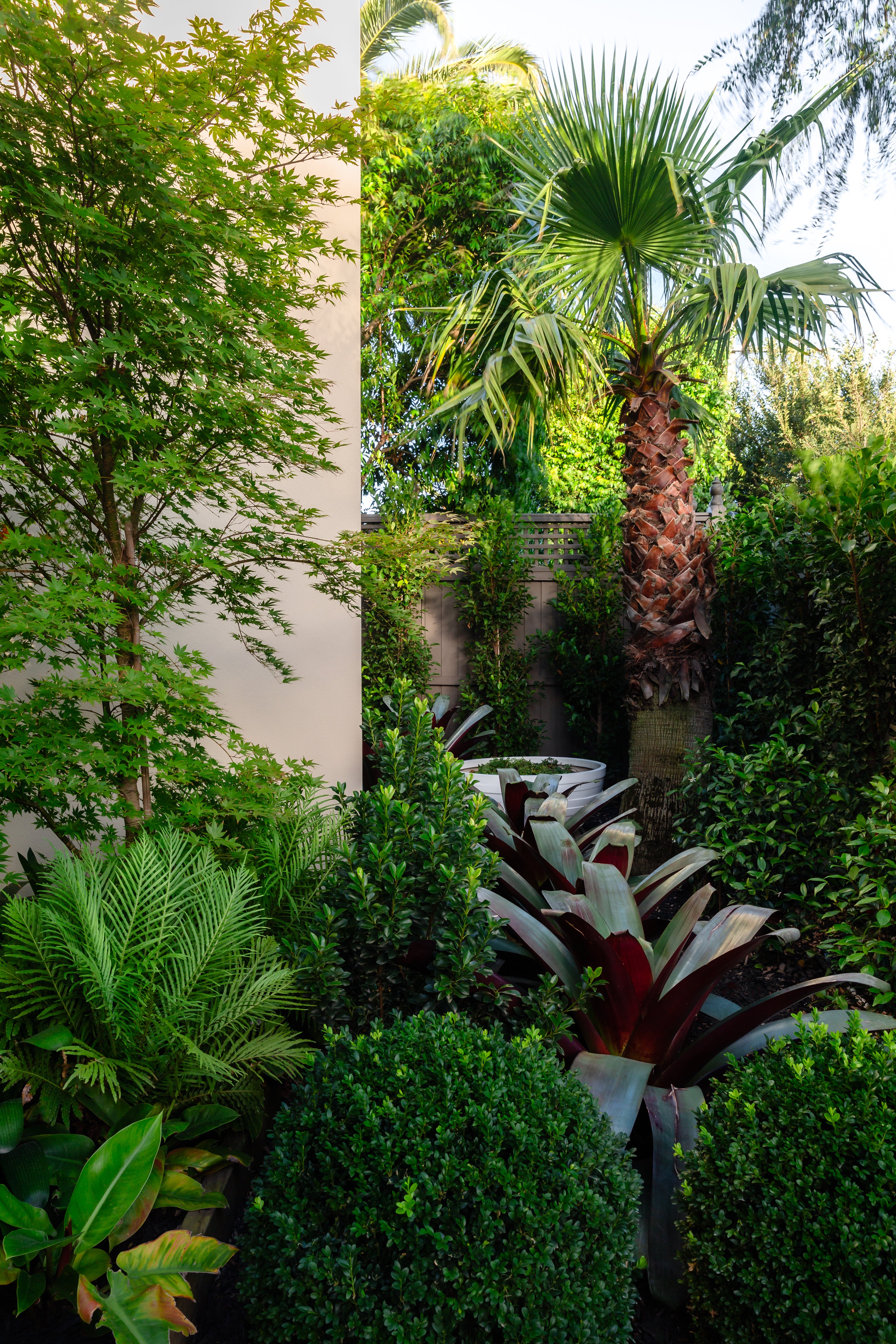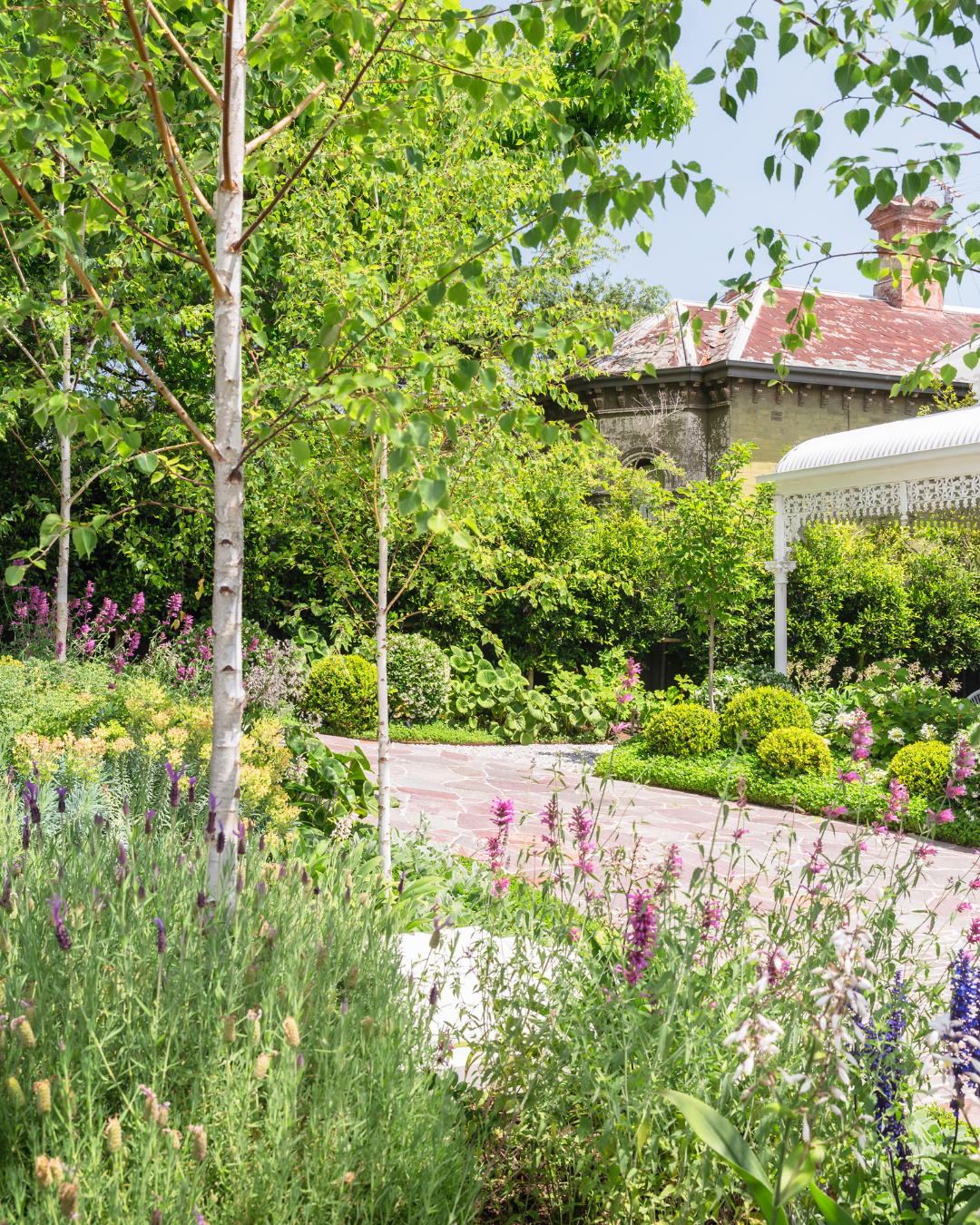In an age where environmental consciousness is more than just a trend, creating a water-efficient garden is a priority for many homeowners. Choosing the right drought-resistant trees is essential, especially for those who value both sustainability and the subtle luxury of a well-maintained garden. In this guide, we'll explore how to create a water-efficient garden by selecting trees like Acacia Implexa, Ficus Hillii Flash, and Eucalyptus Caesia—all of which are beautiful and well-suited to Australia's dry conditions.
Why Tree Selection Matters for a Water-Efficient Garden
Tree selection is crucial when aiming for a water-efficient garden. The right trees can significantly reduce water usage, lower maintenance efforts, and still provide the lush, green environment that defines a luxurious garden. Drought-resistant trees are adapted to survive on minimal water, perfect for regions prone to dry spells or homeowners wanting to conserve water. Let’s dive into three tree species that can greatly impact your water-efficient garden.
Acacia Implexa: A Hardy and Elegant Choice
Acacia Implexa, commonly known as the Lightwood or Hickory Wattle, is an Australian native tree known for its resilience and minimal water requirements. This tree thrives in various conditions, making it a versatile choice for any garden looking to reduce water usage while maintaining a sophisticated appearance.
Key Facts:
- Mature Height: 8-15 meters
- Mature Width: 4-8 meters
- Best Uses: Screening tree, feature tree, erosion control
- Leaf Appearance: Long, narrow, pale green phyllodes
- Rate of Growth: Fast
- Tolerates: Drought, poor soils, frost
Why It’s Perfect for Your Garden:
Acacia Implexa is an ideal choice for those looking to establish a garden with minimal water input. Its fast growth rate means it quickly fills spaces, offering a green backdrop requiring little maintenance. The tree’s ability to tolerate poor soils and drought conditions makes it particularly suitable for dry regions. Additionally, its elegant, narrow foliage adds a touch of refined greenery without overwhelming the landscape, ensuring your garden remains stylish and sustainable.
Ficus Hillii Flash: The Evergreen Screen
Ficus Hillii Flash is a cultivar of the popular Ficus Hillii, known for its vibrant, glossy green leaves and dense growth habit. This evergreen tree is perfect for creating privacy screens or as a feature tree, offering year-round greenery that requires minimal watering once established.
Key Facts:
- Mature Height: 8-10 meters
- Mature Width: 4-6 meters
- Best Uses: Privacy screening, feature tree, formal hedges
- Leaf Appearance: Glossy green, oval leaves
- Rate of Growth: Fast
- Tolerates: Drought, heat, light frost
Why It’s Perfect for Your Garden:
Ficus Hillii Flash is a top choice for those who want to maintain privacy without compromising aesthetics. Its dense foliage creates a natural barrier, perfect for high-end properties that value security and beauty. The tree’s drought tolerance makes it a practical addition to water-efficient gardens, particularly in urban environments where space is limited, and water conservation is a priority. Whether used as a formal hedge or a standalone feature, Ficus Hillii Flash adds a touch of luxury with its lush, green canopy.
Eucalyptus Caesia: A Unique Australian Beauty
Eucalyptus Caesia, often referred to as Gungurru, is a strikingly beautiful tree that offers both aesthetic appeal and drought resistance. Native to Western Australia, this tree is known for its distinctive powdery white branches and pink flowers, which attract birds and pollinators to your garden.
Key Facts:
- Mature Height: 6-9 meters
- Mature Width: 4-6 meters
- Best Uses: Feature tree, wildlife garden, ornamental
- Leaf Appearance: Silver-grey leaves, with a powdery texture
- Rate of Growth: Moderate
- Tolerates: Drought, poor soils, frost
Why It’s Perfect for Your Garden:
Eucalyptus Caesia is not just a tree; it’s a statement piece for your garden. Its unique appearance and stunning flowers make it a conversation starter, while its drought resistance ensures it remains a low-maintenance choice. The tree’s moderate size makes it suitable for various garden layouts, offering flexibility without sacrificing style. Choosing Eucalyptus Caesia adds a touch of native elegance to your garden, ensuring it stands out while remaining water-efficient.
Water-Saving Gardening Techniques
Selecting the right trees is just the beginning. To maximize the water efficiency of your garden, consider implementing the following techniques:
1. Mulching:
Mulching is one of the simplest and most effective ways to conserve water in your garden. Covering the soil with a thick layer of organic mulch reduces evaporation, keeps the soil cool, and prevents weeds from competing with your trees for water.
2. Drip Irrigation:
Installing a drip irrigation system ensures that water is delivered directly to the roots of your trees, minimizing waste. This method is particularly effective in gardens with drought-resistant trees, as it allows you to provide just the right amount of water without oversaturating the soil.
3. Soil Improvement:
Improving your soil's water retention capabilities can significantly reduce your garden's water needs. Incorporate organic matter such as compost into your soil to enhance its ability to retain moisture. This is especially important in sandy soils, which tend to drain quickly.
4. Strategic Tree Placement:
Carefully consider where you place your trees to maximize shade and reduce water evaporation. For example, planting drought-resistant trees like Acacia Implexa on the western side of your property can provide shade during the hottest part of the day, reducing the overall water demand of your garden.
5. Choose Native Plants:
Incorporating native plants, like Eucalyptus Caesia, into your garden design can help reduce water usage. These plants are naturally adapted to the local climate and soil conditions. Native plants often require less water, fertilizer, and maintenance than non-native species.
Conclusion
Creating a water-efficient garden doesn’t mean sacrificing beauty or luxury. You can achieve a lush, vibrant garden that thrives with minimal water input by choosing the right drought-resistant trees like Acacia Implexa, Ficus Hillii Flash, Flash, and Eucalyptus Caesia. These trees offer aesthetic appeal and the practicality needed for a sustainable, low-maintenance landscape. With thoughtful tree selection and the implementation of water-saving techniques, you can enjoy a garden that’s both environmentally friendly and effortlessly elegant.
FAQs
How much water do drought-resistant trees need?
Drought-resistant trees, once established, typically require much less water than other species. They have deep root systems that allow them to access water from deeper into the soil, reducing the need for frequent watering.
Can I plant drought-resistant trees in any soil?
While drought-resistant trees like Acacia Implexa and Eucalyptus Caesia are adaptable to various soil types, improving soil quality with organic matter can enhance their growth and water efficiency.
Is drip irrigation necessary for a water-efficient garden?
Drip irrigation is highly recommended as it ensures that water is delivered directly to the roots, reducing waste and promoting deeper root growth, essential for drought-resistant trees.
By integrating these tips and selecting the right trees, you can create a garden that’s not only water-efficient but also a stunning addition to your property.













